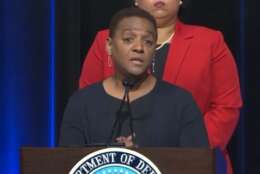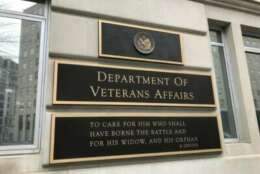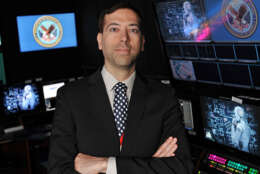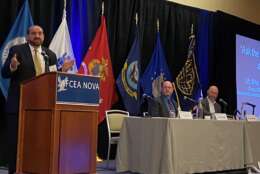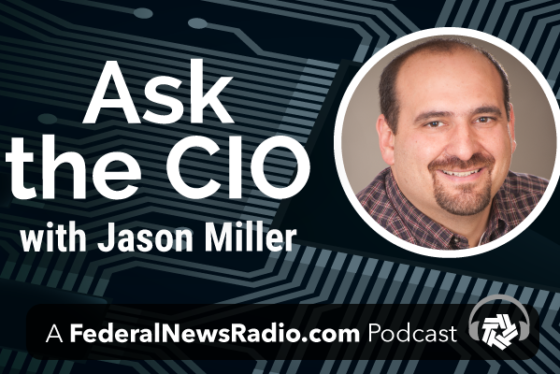Ask the CIO Podcasts
-
Ryan Cote, the chief information officer of the Transportation Department, credited the work the agency has done over the last two years to consolidate and modernize its network as the reason the move to near 100% telework has gone smoothly over the last few months.
July 10, 2020 -
Bryan Ware, the assistant director for cybersecurity at CISA, said improving the Automated Indicator Sharing (AIS) program is one of several initiatives his office is leading to help agencies better deal with the ever-growing, ever-changing cyber risk.
June 29, 2020 -
Bill Vajda, Interior’s chief information officer, said IT modernization is letting the agency train its employees to be problem solvers and not focused on wires and pliers.
June 24, 2020 -
Essye Miller, the principal deputy chief information officer at DoD, is retiring from federal service on June 30 after more than 35 years in government.
June 19, 2020 -
NARA’s Laurence Brewer, the chief records officer for the U.S. Government and Lisa Haralampus, the director of records management policy and outreach, say the goal of processing and providing only electronic records must be infused across all mission and administrative efforts.
June 03, 2020 -
Erin Joe, the director of the Cyber Threat Intelligence Integration Center (CTIIC), said the Cyber Threat Framework is creating a common lexicon for agencies to understand and discuss potential and real security threats and vulnerabilities.
June 01, 2020 -
Paul Tibbits, VA’s executive director in the Office of Technical Integration, and Gary Stevens, VA’s deputy chief information security officer, say the cooperative research and development agreement with UL sought to raise the bar of how manufacturers should secure medical devices.
May 29, 2020 -
The Department of Veterans Affairs is applying artificial intelligence to help improve medical care. The Agriculture Department is giving its eight mission areas 360-degree views of metrics to answer mission-focused questions.
May 22, 2020 -
Guy Cavallo, the deputy CIO at SBA, said the work under the CDM and TIC programs over the last two years is opening the door to pilot zero trust concepts and move away from the “hub and spoke” model for its network.
May 15, 2020 -
Suzette Kent, the federal chief information officer, said nearly a year to the date of launching the new shared services strategy, the Homeland Security Department’s Cybersecurity and Infrastructure Security Agency is armed with a strategy and $25 million.
May 08, 2020 -
Bill Marion, who left federal service after 28 years including the last four years as the deputy chief information officer of the Air Force, said the next deputy CIO will have a long list of priorities including continuing network modernization, transforming risk management and ensuring the service has a digital workforce.
May 04, 2020 -
Deputy chief information security officers at the National Geospatial Intelligence Agency and the National Reconnaissance Office say they are in the middle of expanding and maturing their approaches to cybersecurity.
April 24, 2020 -
Jim Tunnessen, VOA’s chief information officer and chief digital officer, said the Over the Top product will live in the cloud to ensure latency and performance issues don’t drag it down.
April 17, 2020 -
Sean Connelly, the Homeland Security Department’s TIC program manager, said new interim guidance letting remote workers connect to cloud services is heavily influenced by pilots that proved that flexibility and security don’t have to be opposite sides of the same coin.
April 10, 2020 -
Bill Marion, the Air Force’s chief information officer, said through one of the enterprise IT-as-a-service pilot programs, the service is reimagining help desk and end user support services.
April 06, 2020




